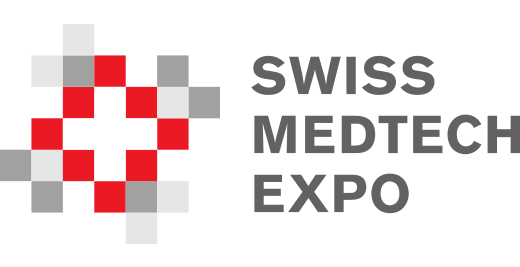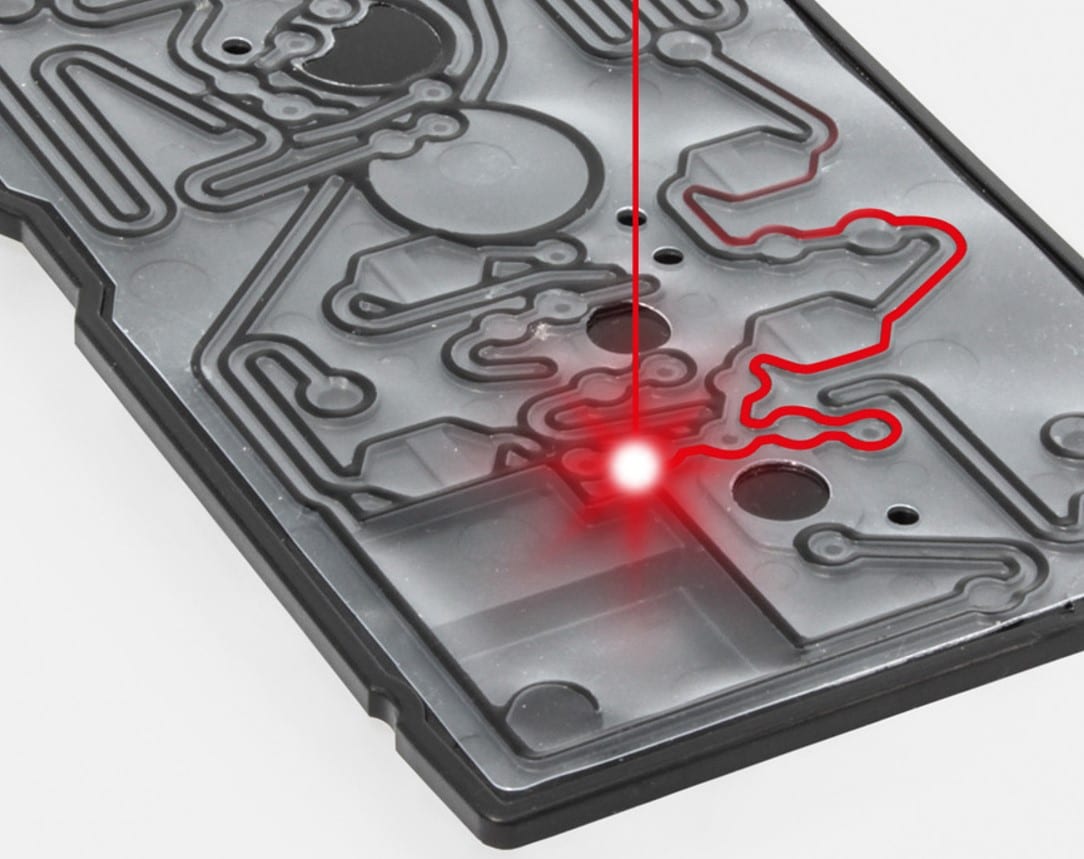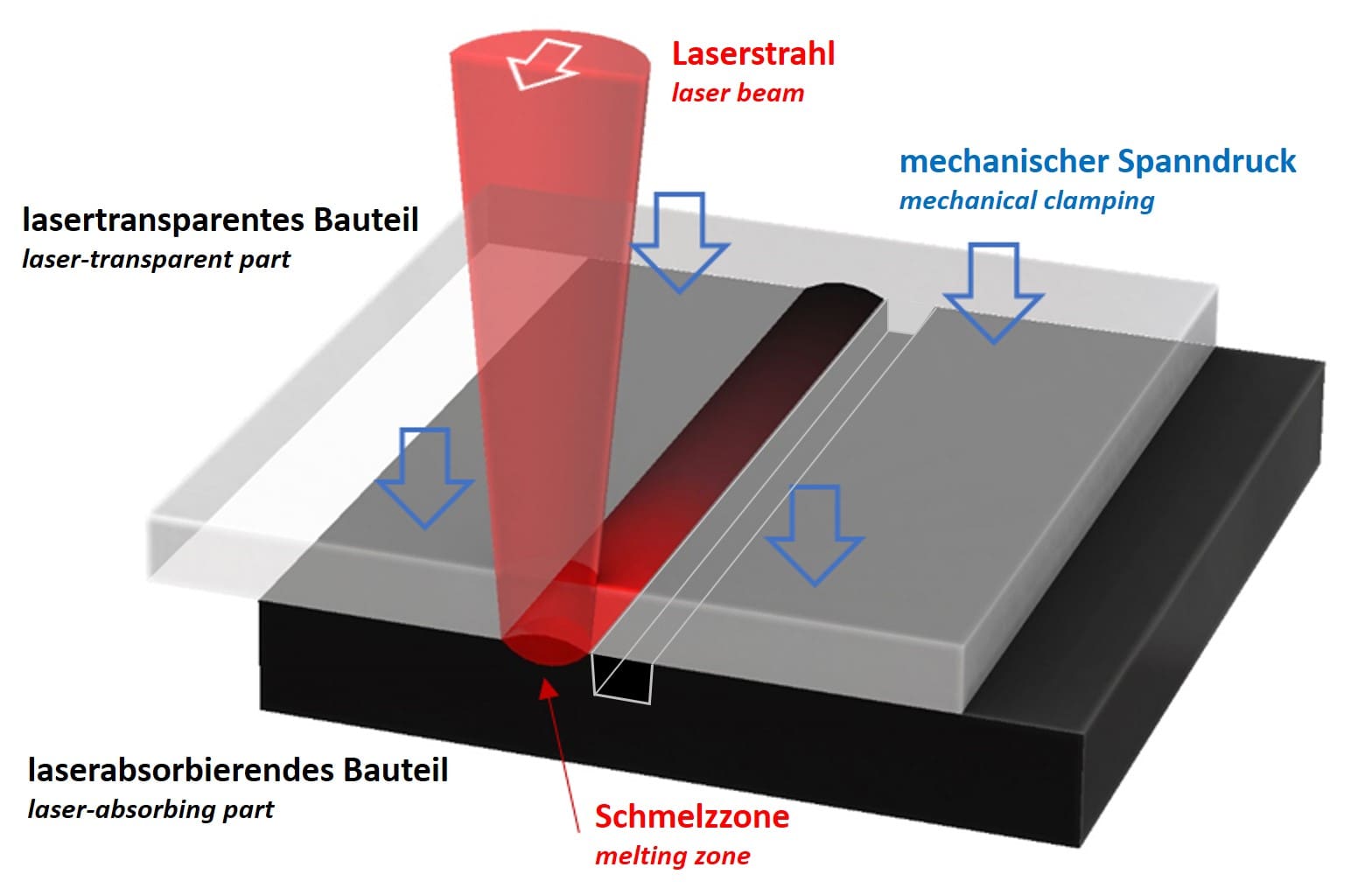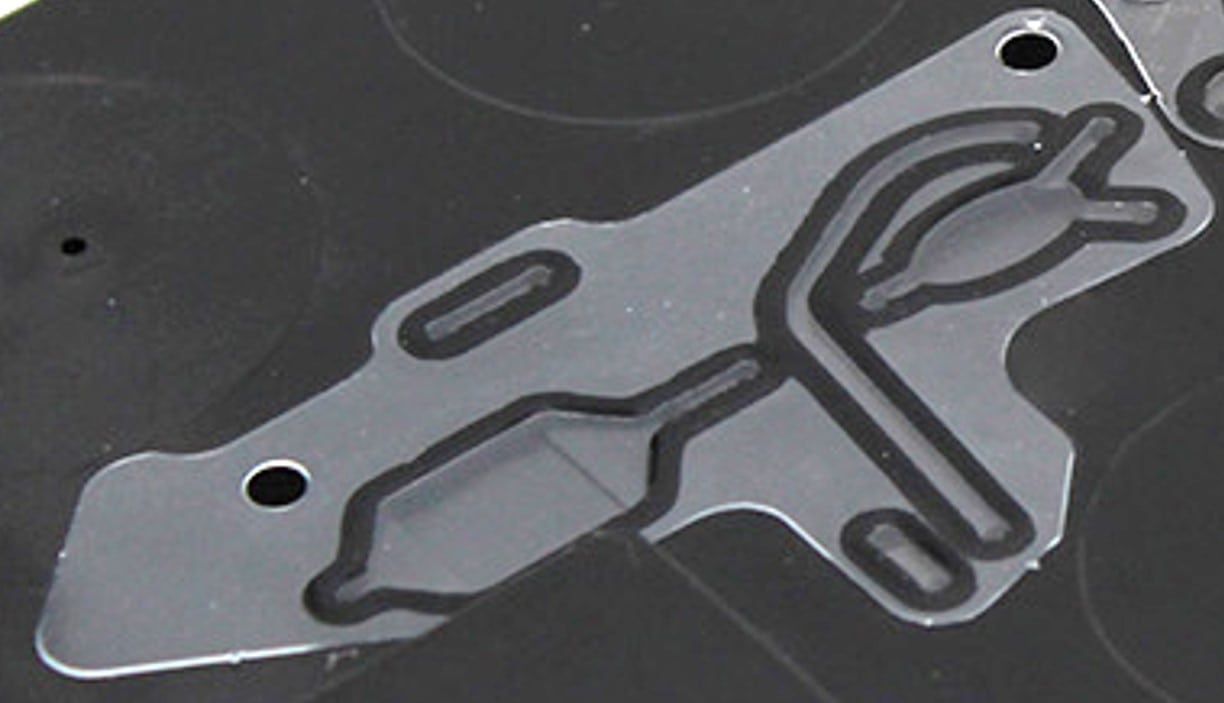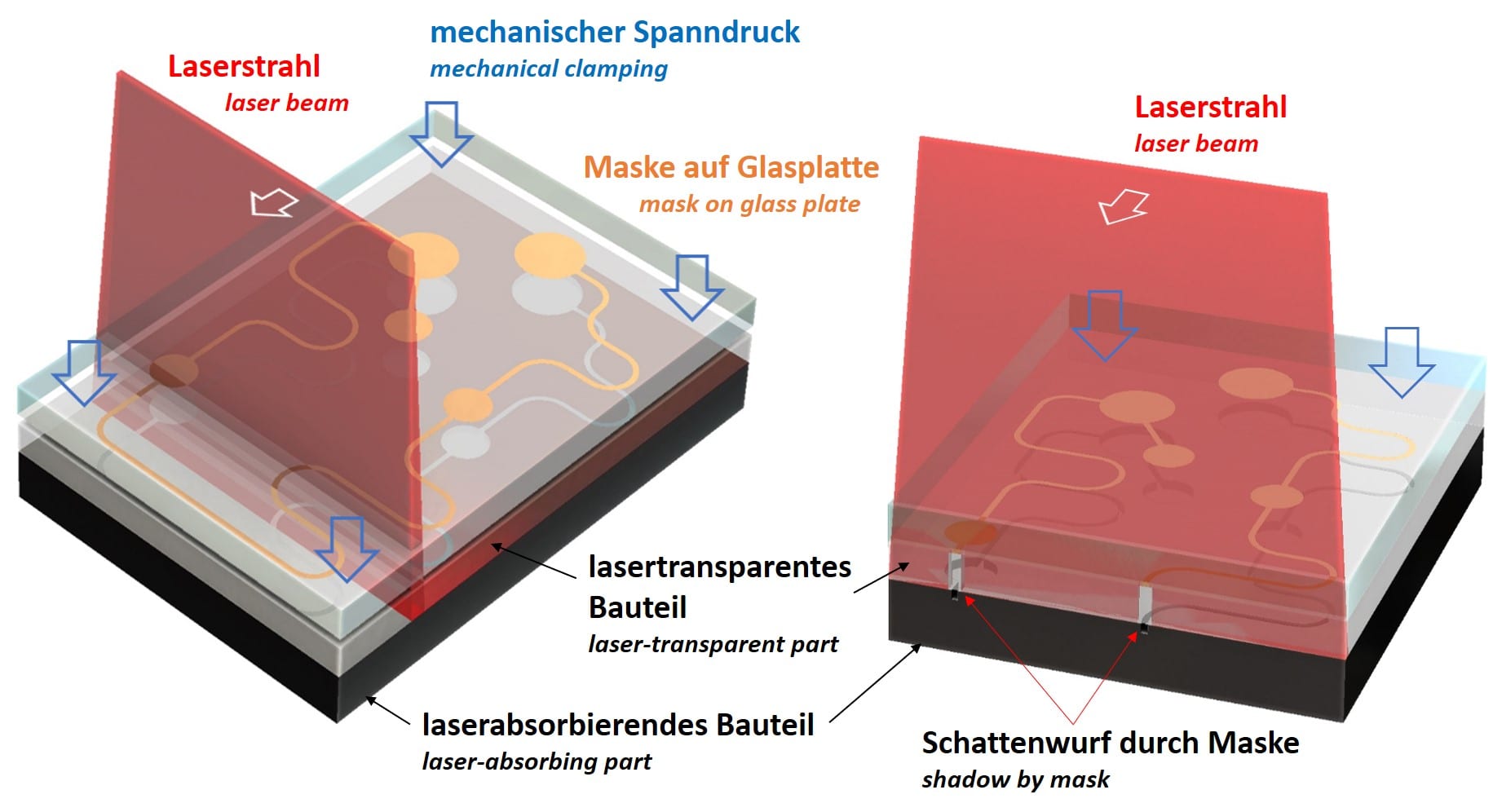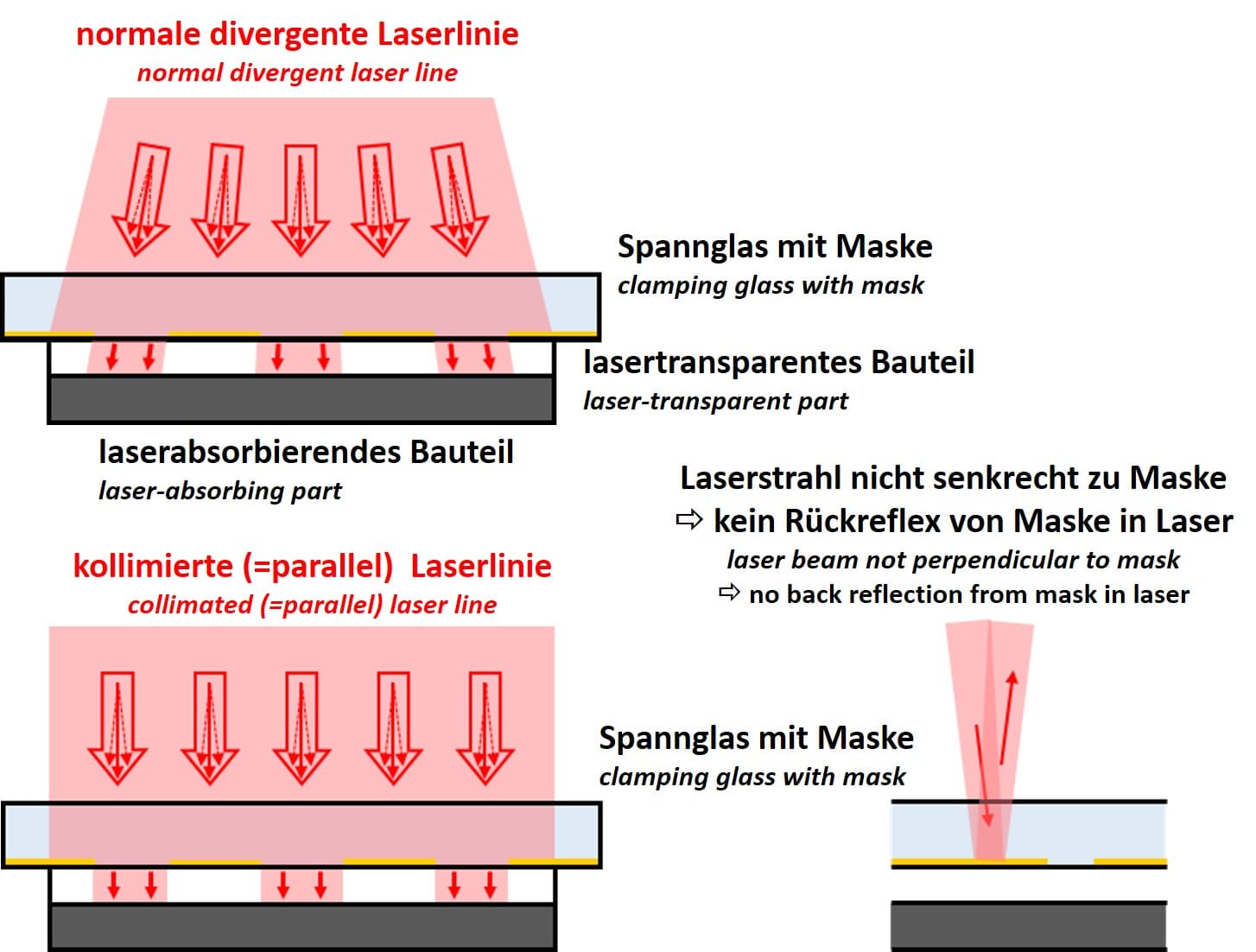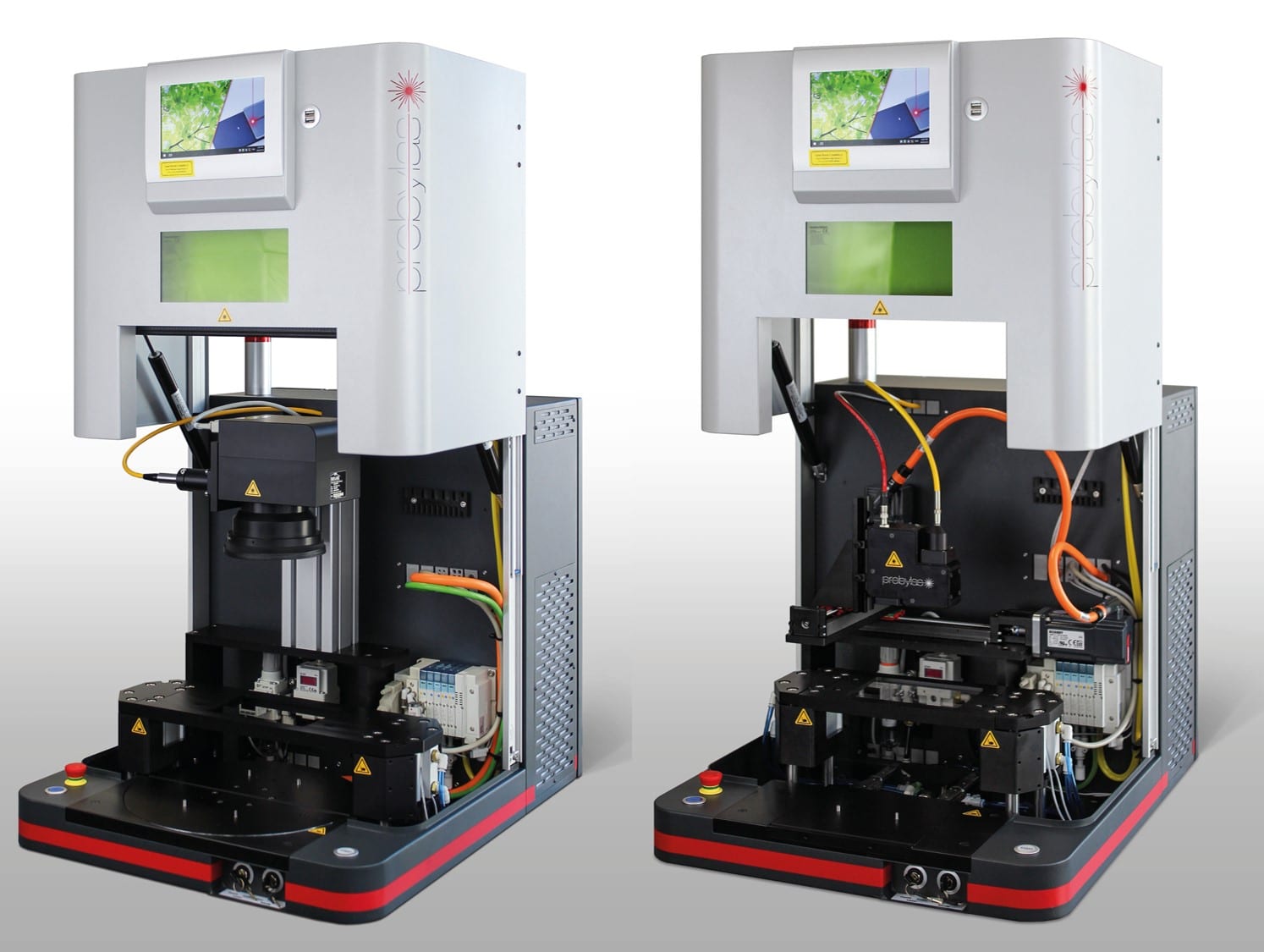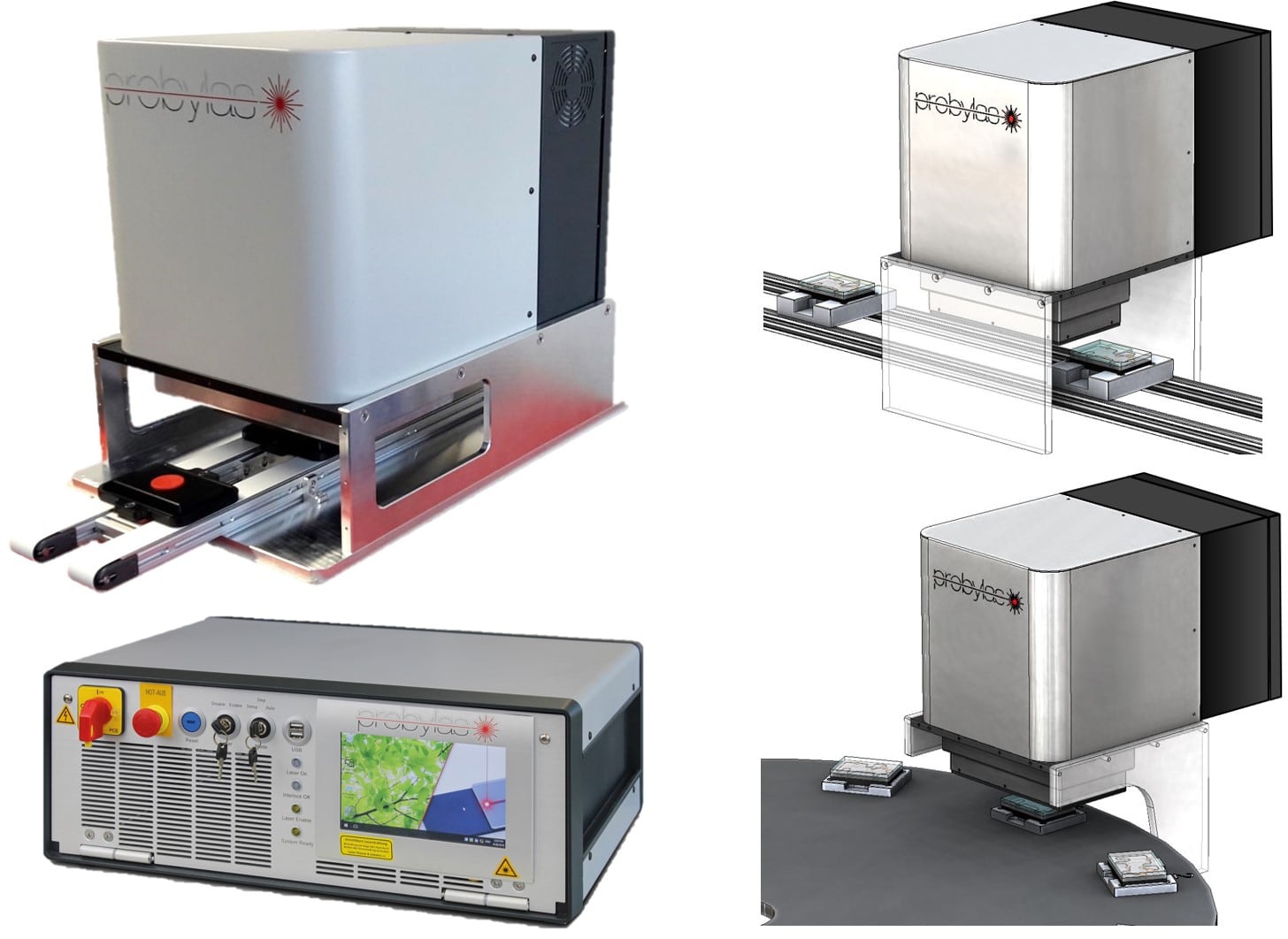For the diagnosis of diseases, cartridges with fluidic channels for patient sample and reagents are used quickly and close to the patient (point-of-care) instead of in large central laboratories. The channels must be sealed tightly and cleanly, for which laser welding has proven successful.
Fluidic cartridges for diagnostics of diseases were an important application for laser welding of plastics also before the Corona pandemic, as they fit well with the specific advantages of the technique. With the pandemic, the demand increased sharply and several projects with customers in Europe and Asia were realized in a short time.
In central laboratories, patient samples can be analyzed cost-effectively in large quantities. However, they have the disadvantage of logistics from the patient to the laboratory and the associated loss of time. With near-patient testing (point-of-care), the analysis is available within 15-30 minutes, but should also have the same sensitivity as the laboratory tests. For this purpose, the process steps from the laboratory are downscaled and integrated to a fluidic cartridge of the size of a credit card.
Antigen tests have a relatively simple layout of fluidics with pre-applied markers that bind to the DNA of the virus or bacterium and indicate this by a coloration at indicated spots.
In the more sensitive PCR tests, DNA is amplified prior to analysis, increasing sensitivity. This requires a more complex layout of fluidic channels and additional functionalities compared to antigen tests.
For diagnostic cartridges it is important that the channel structures are tightly sealed without contamination by particles or other substances. If reagents are already deposited in the cartridge, they must not be affected or even damaged by the joining process.
In the case of adhesive for joining, there are concerns that the adhesive could interfere with the analysis as a contamination. With ultrasonic welding, there is a risk of particles being created by the welding process or deposited reagents may not remaining in the original location due to vibration. Thermal bonding requires a long cycle time with limiting productivity and deposited reagents are exposed to a considerable level of heat.
Laser welding enables a joining without the disadvantages described above. The channels can be precisely welded without contamination by other substances or particles. Due to the precise energy input, pre-deposited reagents do not experience heat exposure or vibration as in ultrasonic welding. Complex fluidic layouts are possible and also the quick change between different variants.
Typically, a contour process is applied for the channel structures. A laser spot is guided along the welding contour with an xy-axis system. Or a scanner is employed, which performs the beam deflection with 2 mirrors. With scanners, much higher welding speeds are possible, which has a corresponding effect on the cycle time and productivity of a machine.
Alternatively, a mask process can be used in which the geometry of the channel structures is incorporated in a metal layer on glass. A line-shaped laser beam travels over this mask and welds wherever the laser beam can shine through the mask onto the cartridge and is not reflected. If the upper part of the cartridge is thicker than a foil, the use of a collimated parallel laser line is advisable, not distorting the mask shadow down to the welding plane.
Since the vast majority of cartridges are smaller than 100 mm, a small compact Turnkey S machine can be employed. It is operated semi-automatically by hand.
For large quantities with scanner optics, a Modula Assembly Inline can also be used, which allows fully automatic production of large quantities.
The Corona pandemic has given a big boost to near-patient diagnostics. It will certainly remain an important evolving topic beyond the pandemic. With different reagents, the cartridges for COVID-19 can also be used for other viruses or bacteria. And the better preparation for future pandemics will stay an important subject.
